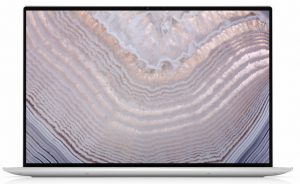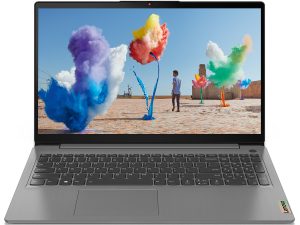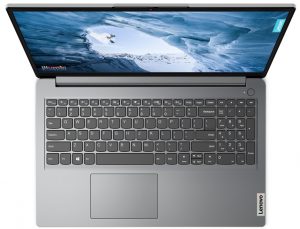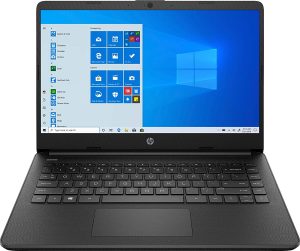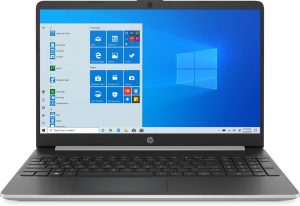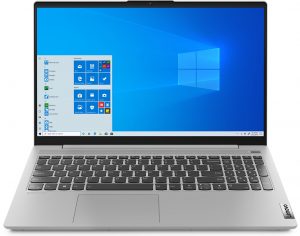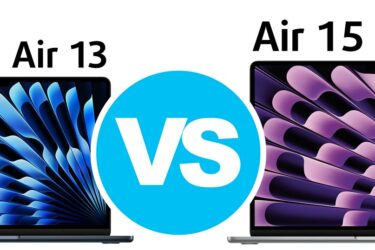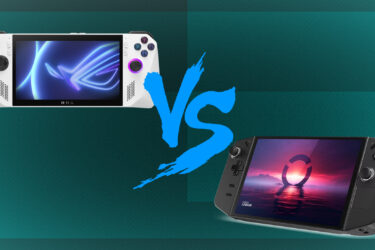[Comparison] AMD Ryzen 5 5500U vs Intel Core i7-1065G7 – despite the Core i7-1065G7’s best efforts, the Ryzen CPU wins
 For a while now, AMD has had the chokehold on its main rival, Intel, in a way that was unimaginable. Ever since they revealed their Ryzen desktop processors all the way back in 2016, they haven’t shown signs of stopping and their success on the desktop front is starting to rub off on the mobile market as well.
For a while now, AMD has had the chokehold on its main rival, Intel, in a way that was unimaginable. Ever since they revealed their Ryzen desktop processors all the way back in 2016, they haven’t shown signs of stopping and their success on the desktop front is starting to rub off on the mobile market as well.
We see Ryzen CPUs in more laptops than ever, with the rise starting at CES 2021, where we saw that many laptop manufacturers are choosing to adopt the AMD mobile CPUs for their flagship gaming machines. That is why for today we have one of the “newest” processors from AMD, the Ryzen 5 5500U, which has a new name but is basically the 4600U playing dress-up. The Ryzen 5 will go against a proven laptop unit, in the face of the Core i7-1065G7.
Today we are comparing the AMD Ryzen 5 5500U against the Intel Core i7-1065G7.
You can check out our Top Laptop CPU Ranking, where we have the best processors for mobile devices.
You can find more information about both CPUs here: AMD Ryzen 5 5500U / Intel Core i7-1065G7
Specs table
| AMD Ryzen 5 5500U | Intel Core i7-1065G7 | |
|---|---|---|
| Architecture | Zen 2 | Tiger Lake |
| Cores / Threads | 6/12 | 4/8 |
| Clock Speeds – Base/Boost | 2.10 – 4.00GHz | 1.30 – 3.90GHz |
| Cache | 11MB | 8MB |
| Lithography | 7nm | 10nm |
| TDP | 15W | 15W |
| Memory type | DDR4 – 3200MHz, LPDDR4x – 4267MHz | DDR4-3200MHz, LPDDR4-3733MHz |
| Integrated GPU | AMD Radeon RX Vega 7 (Ryzen 4000/5000, 15W) | Intel Iris Plus Graphics G7 |
CPU benchmarks
The Ryzen 5 5500U showed better performance in both benchmarks, as it was 40% faster in Cinebench R20 and had a mostly unnoticeable lead in Photoshop of 0.2 seconds. The Intel chips definitely have shown previously to perform better in 2D Rendering.
Results are from the Cinebench 20 CPU test (the higher the score, the better)
Results are from our Photoshop benchmark test (the lower the score, the better)
GPU benchmarks
In the graphics benchmarks, the Radeon RX Vega 7 (15W) displayed much better performance, having a 22% lead in 3DMark Fire Strike, 82% lead in Unigine Heaven 4.0, and lastly, just a 4% better performance in Unigine Superposition. As for the gaming tests, the Radeon iGPU had higher framerates, which were quite noticeable, in all of the instances, except one.
Results are from the 3DMark: Time Spy (Graphics) benchmark (higher the score, the better)
Results are from the 3DMark: Fire Strike (Graphics) benchmark (higher the score, the better)
Results are from the Unigine Superposition benchmark (higher the score, the better)
Gaming tests

| CS:GO | HD 1080p, Low (Check settings) | HD 1080p, Medium (Check settings) | HD 1080p, MAX (Check settings) |
|---|---|---|---|
| AMD Radeon RX Vega 7 (15W) | 103 fps | 72 fps (+64%) | 51 fps (+82%) |
| Intel Iris Plus Graphics G7 | 107 fps (+4%) | 44 fps | 28 fps |

| DOTA 2 | HD 1080p, Low (Check settings) | HD 1080p, Normal (Check settings) | HD 1080p, High (Check settings) |
|---|---|---|---|
| AMD Radeon RX Vega 7 (15W) | 113 fps (+6%) | 75 fps (+15%) | 43 fps (+19%) |
| Intel Iris Plus Graphics G7 | 107 fps | 65 fps | 36 fps |
Conclusion
Overall, the Ryzen 5 5500U comes out as the better processor in this comparison. It had the upper hand in every benchmark that we tried, except for one mishap in the gaming tests in CS:GO. The Intel CPU, however, showed very close results when it came to 2D Rendering, in Photoshop, so if that’s what your work mainly consists of, you shouldn’t count the Core i7-1065G7 out. Other than that, the Ryzen 5 5500U is definitely the better choice between these two.

